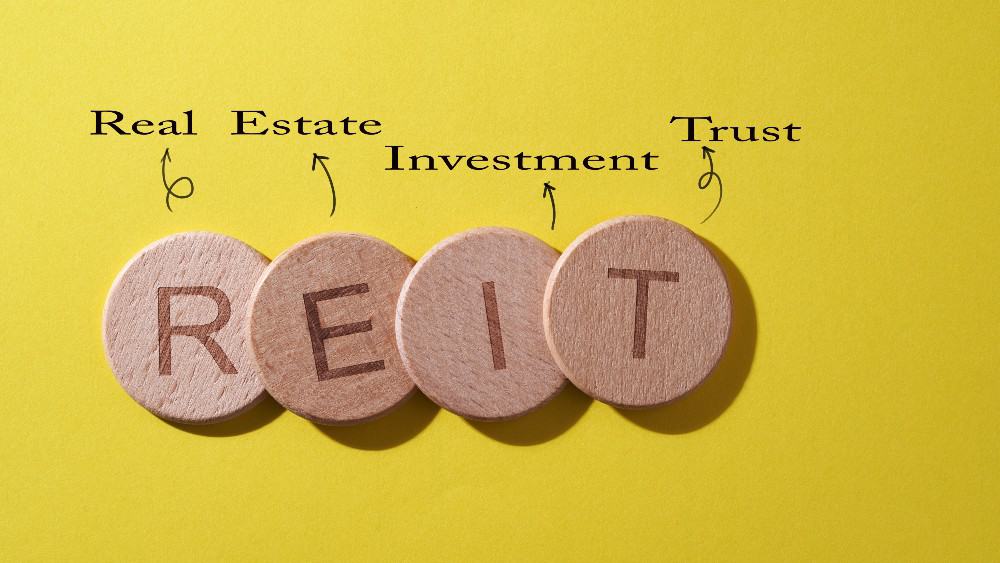Owning a property is every Canadian’s dream, and investing in one is another. For generations, real estate has been one of the most loved investment avenues for Canadians. Real estate pays off in 20-25 years and gives you significant returns through rent and capital appreciation. An average rental yield for residential property is between 1% and 3%, and for commercial property, it’s between 5% and 10%. (Rental yield is the annual rent as a percentage of the property value.) What if you could earn this yield without the hassle of buying and maintaining a property?
One REIT yielding 9.5%
True North Commercial REIT (TSX:TNT.UN) is a pure-play commercial REIT with 46 properties across five Canadian provinces. It has a 96% occupancy rate and a weighted average lease term of 4.3 years. This ensures that the REIT gets regular cash flow from rent and sufficient time to find tenants for vacant properties.
There are many larger commercial REITs. But what sets True North apart is its tenant base. The REIT earns 35% of its rental income from government tenants like the central government and the Alberta government. It earns another 41% rent from tenants with high creditworthiness like Honeywell Aerospace and General Motors. You rarely see such companies shifting or closing their offices frequently.
Such a strong tenant base secures 76% of True North’s rental income. It was for this reason the REIT did not slash distribution during the pandemic while other commercial REITs did. That gives a brownie point to True North. The REIT has maintained its distribution per share at $0.59 per year for the last nine years. To put it in easy terms, a $10,000 investment in True North would earn you $950 in the annual distribution or $79 a month.
At this rate, the REIT will pay for itself in 10.5 years, and any distribution earned after that would be 100% profit. I haven’t even considered capital appreciation yet.
Return from capital appreciation
If everything is so good about this REIT, why is the stock priced below $10? True North is a mid-cap REIT, and 46 properties portfolio is smaller than SmartCentres REIT’s 174 retail, commercial, and residential properties. Moreover, True North is purely commercial, with its top 20 tenants accounting for 66% of revenue. If even one tenant vacates, it impacts the REIT’s earnings. Finding a new tenant is also time-consuming.
By looking at the REIT’s stock price momentum since its initial public offering (IPO), it is clear that December and January are weak for the REIT. It could probably be because some leases expire during that time. In these nine years, the REIT stock price has dipped five times: 2013, 2015, 2018, the 2020 pandemic, and now. If you invest in the REIT systematically throughout the dips, you could earn between 10% and 30% in capital appreciation.
How to make maximum returns from True North REIT
True North REIT is not immune to macro-economic weakness. Its stock price fell 11% in the current market correction that began on April 20. This downturn could last till the end of the year, as fears of a recession in the United States impact Canada’s economy. Moreover, the rising interest rates make mortgages and commercial loans costly, thereby slowing growth in property rates. But this won’t impact the rental income from government and credit-rated tenants.
You can maximize your earnings from True North by investing $1,000 every month in the REIT till the downturn lasts. This will reduce your average cost per unit and lock in higher yields. Or you can park $10,000 in the REIT and earn $79 per month for the next several years.
When in need, you can spend this distribution. When not needed, use the distribution money to buy other value stocks. For instance, $79 can get you two units of Horizons S&P/TSX 60 Index ETF, which has the potential to jump 50% when the economy recovers.









